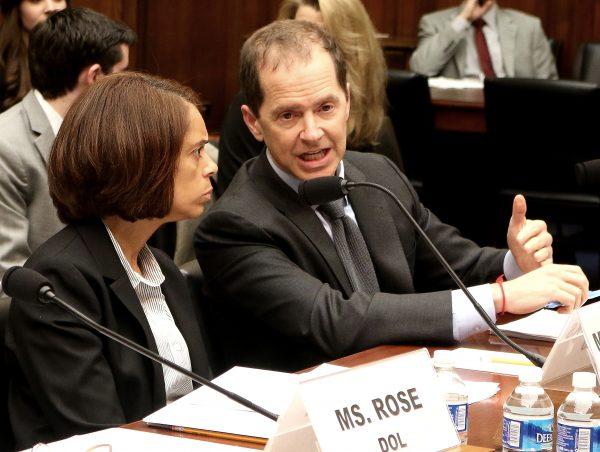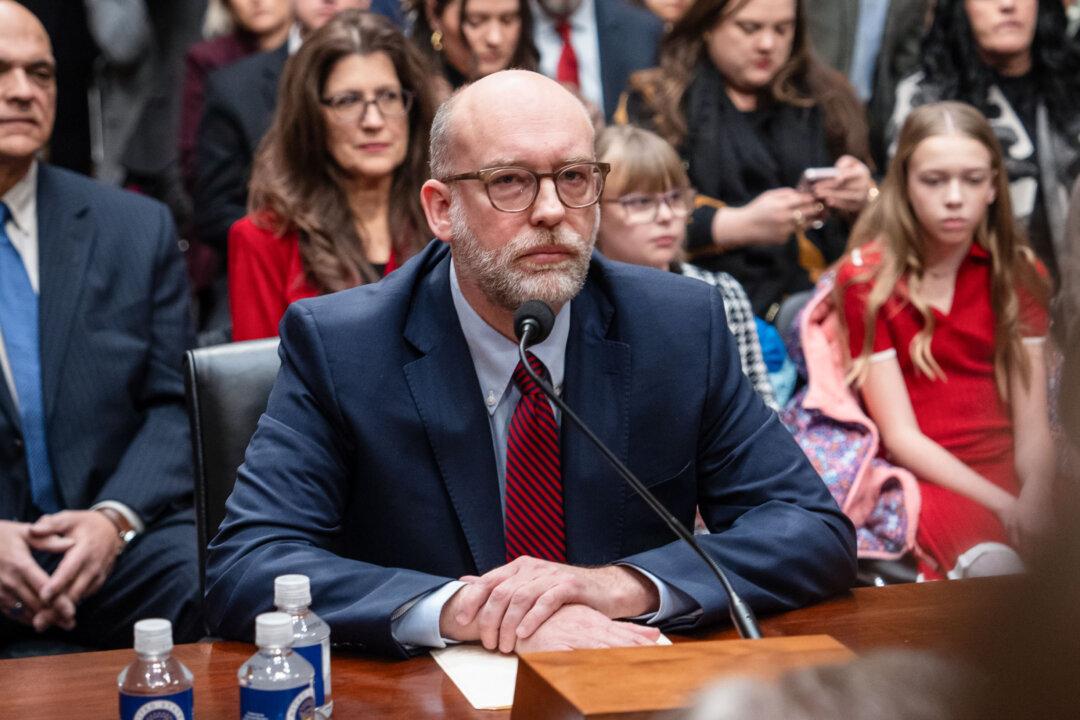The president followed through on his campaign pledge to reverse his predecessor’s decision to permit government employees to remain in a hybrid work arrangement through 2029.
Hours after taking office, Trump signed the memorandum ordering agencies to initiate the transition to fully in-person work by 5 p.m. on Jan. 24. Employees will have 30 days to comply with the return-to-office (RTO) mandate.
“Heads of all departments and agencies in the executive branch of Government shall, as soon as practicable, take all necessary steps to terminate remote work arrangements and require employees to return to work in-person at their respective duty stations on a full-time basis, provided that the department and agency heads shall make exemptions they deem necessary,” the memorandum stated.
The newly created Department of Government Efficiency (DOGE) has been tasked with exploring measures to slash government spending and enhance the efficiency of federal operations. A component of this initiative was eliminating remote work and requiring government staff to return to the office.
Billionaire Elon Musk and Ohio gubernatorial candidate Vivek Ramaswamy, who exited DOGE, co-authored a November opinion piece in The Wall Street Journal and called remote work a privilege.
Treasury nominee Scott Bessent embraced the return-to-office mandate during his Jan. 16 confirmation hearing before the Senate Finance Committee. He told senators that it is also a matter of national security.
“I, as Treasury Secretary, have confirmed plans to be in the office every day that I’m in Washington, D.C., and I expect all the other employees to do that too,” the billionaire Wall Street veteran testified.
Telework and Remote Work
Trump’s memo caused some confusion because it did not clarify remote work and telework.These are two workplace options provided by federal agencies. Remote work involves working from home, and employees are not required to travel to a centralized location. Telework consists of traveling to a traditional federal facility at least twice per biweekly pay period.
Charles Ezell, the acting director of the Office of Personnel Management, told agencies to adjust their telework policies to reflect requirements for employees to “work full time at their respective duty stations.”
Hiring, Retention, and Attrition
Trump’s memorandum has experienced some pushback.Max Stier, the president and CEO of the Partnership for Public Service, says restricting remote work can exacerbate the challenges of attracting and retaining talent from today’s labor pool.

At the onset of the COVID-19 pandemic, companies and government offices implemented work-from-home policies. Many entities retained these measures after the public health crisis, while others gradually adopted call-backs to the office.
Many workers became comfortable with the remote arrangement, and now it is a benefit that employees are demanding.
The report noted that workers younger than 50 are likelier than their older counterparts to share this view.
Elizabeth Lotardo, a LinkedIn Learning Instructor and author of “Leading Yourself,” suggests that this policy might be more of a matter of attrition.
“The RTO mandate will prompt a wave of voluntary resignations,” Lotardo told The Epoch Times.
She thinks officials hope that this happens because individuals who have resigned instead of terminated are ineligible for unemployment benefits. Lotardo said government agency managers do not have to determine how and who is terminated, effectively reducing the government’s exposure to legal risks.
It can also improve the optics of the situation.
Examining Government Findings
Ultimately, says Stier, flexibility is a key tool for human resources.“Flexible work policies help to retain employees in both the public and private sector,” he said. “Federal agencies see telework as an effective recruitment tool.”
In August 2024, the Office of Management and Budget (OMB) mentioned the logistical hurdles of preparing for a large number of employees to return to the office.
The in-depth report noted that it hosted a bi-weekly working group for senior agency leaders throughout 2023. The conversations touched upon a wide range of subjects, such as reopening cafeterias, managing re-enrollment in public transit commuter benefits, and modernizing workspaces.
Debating the Number of Remote Workers
Politicians and government officials have been assessing the numbers, bracing for Trump’s executive action.Everett Kelly, president of the American Federation of Government Employees, claims lawmakers and Trump’s team have exaggerated the number of federal workers in remote work situations.
The senator’s investigation found that 3 percent of the federal workforce teleworked daily before the pandemic. According to Ernst and her staff, 6 percent of workers report working in person full-time, and close to a third work remotely.
“Most federal employees are eligible to telework and 90 percent of those are. Some come to the office as infrequently as once a week,” the report stated.
Ernst also found that between 23 and 68 percent of teleworking employees for some agencies are raising their salaries by earning “incorrect locality pay.”
Locality pay is extra compensation that raises salaries based on the cost of living in the area where the employee works. For example, a role in the nation’s capital would pay thousands of dollars more than the same job in Kentucky.
Nod of Approval
Despite employees’ consternation about transitioning to fully remote work environments, most companies plan to return to the office this year. A Resume Builder survey showed that nine in ten companies expect to have returned by 2025.The numbers vary, but surveys find similar trends. Many companies across industries want their staff back at the office.
Over the last few months, Amazon, AT&T, and Dell have mandated that employees return to five days per week in the office. Others, such as IBM and Salesforce, have introduced RTO policies that include three or four days a week.
Businesses struggling with these mandates may have been given an unofficial nod of approval to return to the office, Lotardo said.
“I think some organizations will follow the executive orders lead and view this RTO as a cheap, fast, legally sound way to prompt some voluntary turnover,” she said.
It could also prompt organizations to take advantage of the situation to find talent.
“This is a prime time where we can attract talent, we can offer flexibility, we can offer you, know, more resources for working from home, and we can pick up really talented individuals that are in search of that boxing on the job market,” Lotardo said.







